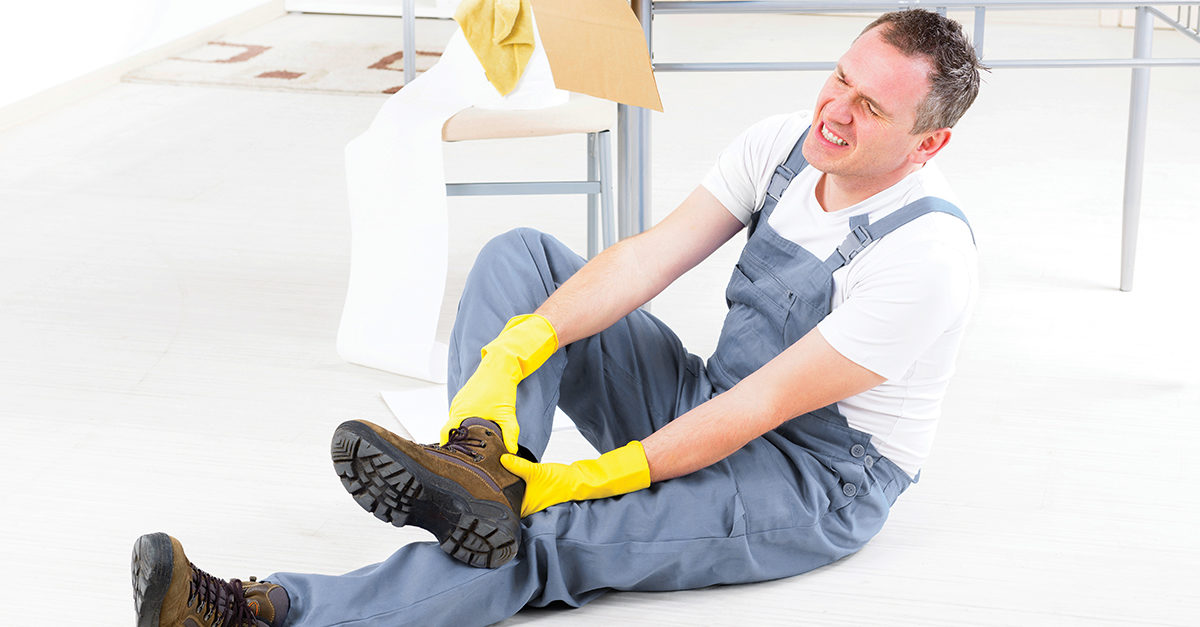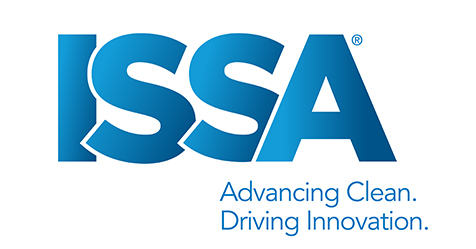As long as people move, slips and falls will be part of workplace hazards. The statistics are eye opening, and human resources professionals in a variety of industries, such as food service, health care, hospitality, facilities maintenance, construction, grocery, and retail, can make a case based on the numbers alone.
According to the 2016 Liberty Mutual Research Workplace Safety Index, which is based on data from 2013, same level falls were the No. 2 cause of workplace injuries, costing US$10.17 billion. Even slips without falls cost businesses $2.3 billion.
Another study, conducted in 2011 by the Liberty Mutual Research Institute for Safety, looked at 989 slipping incidents and found that three transient risk factors significantly increased the rate of slipping:
- Rushing by 2.9 times
- Distraction by 1.7 times
- Walking on a contaminated floor by 14.6 times.
Additionally, newer workers were more likely to have an incident than seasoned workers. This finding could be important for employers, especially in high-turnover industries, such as the cleaning industry.
Why Do These Statistics Matter?
Getting a grip on slip-and-fall prevention is good for business. Since slips and falls make up about 85 percent of workers’ compensation claims each year, placing a focus on slip-and-fall prevention can significantly impact a company’s bottom line.
Making the commitment is the first step toward a safer and more productive workplace. Dedicating resources to improve and monitor slip-and-fall incidents—through safety committees, dedicated environmental health and safety personnel, and personal protective equipment (PPE) programs—pays off in a number of ways for employers and employees:
Advantages to Employers
- Preventing lost productivity and business
- Reducing or holding down the cost of insurance premiums
- Avoiding costs associated with replacing injured workers
- Providing a perk to employees to show they are valued.
Advantages to Employees
- Reducing accident-related lost wages and out-of-pocket expenses
- Avoiding temporary or permanent disability
- Preventing injuries that reduce quality of life
- Feeling valued by their employer.
Potential Resistance
Developing a culture where the workforce is dedicated to improving slip-and-fall incidents can be a challenge. It takes a skilled professional to be able to change the reaction from “Boy, I feel clumsy,” to “Whoa, that was close, I should say something to help others stay safe.” Employers and safety personnel must stress the importance of reporting and investigating even minor issues so that troublesome areas that need repair or cleanup can be identified. By doing so, this may actually help prevent a major incident from occurring.
However, there can be roadblocks along the way:
Employer Challenges
- Buy-in from senior leadership
- Providing a case for dedicated resources
- Researching and developing effective solutions for slips and falls
- Return on investment goals/metrics
- Continuous improvement.
Employee Challenges
- Competing agendas, such as safety vs. productivity
- Training time
- Solution taking into account their needs
- Cultural change
- Perception of hazard.
The First Line of Defense
The 2011 Liberty Mutual study found that slip-resistant shoes cut slip/fall rates by half. These types of reductions in slip-and-fall rates can yield savings in insurance payments, which in turn, can yield a reduction in costs for workers compensation rates for your company. In addition, this also reduces the number of lost workdays in addition to the costs associated with replacing workers and the morale of employees—a win for all.
Making the Decision
There are a number of options to consider when it comes to slip-and-fall prevention, and there are also several key factors that should be considered when putting forth any recommendations. Establishments may want to start at the root of the problem and look to the feet of workers. There are a number of factors to consider before deciding on any one safety or PPE product, including:
Budget. As budgets are often a concern, price versus value should be carefully examined. The least expensive choice may not be the most economical choice. Be sure that the product aids in the support/fatigue factor of employees who are on their feet. A product that helps prevent slips and falls that does not provide the right support or help reduce leg fatigue might change the number of incidents, but will not gain the added benefit of greater productivity and efficiency that a more appropriate choice would yield.
Comfort. A solution that restricts the breathability of a person’s shoes will be uncomfortable, hot, and distracting. Make sure the choice allows a similar breathability factor that the person’s own shoes allow.
Quality. Consider not only the performance factor, but the quality of the product’s construction and the product’s lifespan. Replacing footwear after a short time gets expensive and is time consuming.
Compatibility. Does the product work in tandem with the employee’s stride? Is it made well with appropriate adhesives and stitching, and are cleats heat-treated for maximum wear? If it is a cleated product, are the cleats replaceable?
Standards. Does the product meet industry non-slip test standards? It’s a matter of the coefficient of friction from the outsole of the shoe to the surface that keeps people upright. Results may vary depending on the products you are evaluating, but there are minimums to consider, as higher numerals result in better products. For a sole to be slip-resistant, it must meet an industry minimum standard value of 0.5 passes approval for wet and dry surfaces, and a low value of 0.3 for contaminated surfaces (oil, grease, etc.). A typical test is Mark II and Mark III, ASTM F1677.
Indoor vs. outdoor use. There are a variety of footwear solutions to help reduce slip-and-fall incidents. Most are engineered for either indoor or outdoor protection. Outdoor products typically focus on added traction in ice, snow, and winter conditions as well as on turf, uneven terrain, and protection from heavy objects. Indoor solutions are usually designed to keep employees safe in wet, soapy, or oily conditions, as well as with other contaminants on a variety of surfaces.
Keys to Slip-and-Fall Prevention
Whatever the choice, the key is to make the commitment to a safer workplace. You can do this by implementing the following:
- Knowledge: What are the facts about slip-and-fall incidents?
- Commitment: Adopt a program to reduce slip-and-fall incidents.
- Training: Empower employees to make a difference.
- Investigation: Take time to continually identify opportunities for improvement.
- Footwear: Identify the appropriate solution for your workplace.
Workplace Safety as Priority One
Examine the role that safety plays in the organization. Are people hyper aware or just giving lip service? Does the company culture allow for a more aggressive stance on safety? Develop a plan for change and solicit buy-in from senior leadership to make workplace safety an ongoing initiative. Train influencers and super users to help grow the critical mass toward understanding and accepting the change. Create attainable goals and show results.
One nice point about workplace safety is that there is real data behind slip-and-fall incidents. Share and celebrate small wins along the way that work toward the overall goal; then employees will understand the reason for the heightened awareness of this initiative and become advocates themselves.




